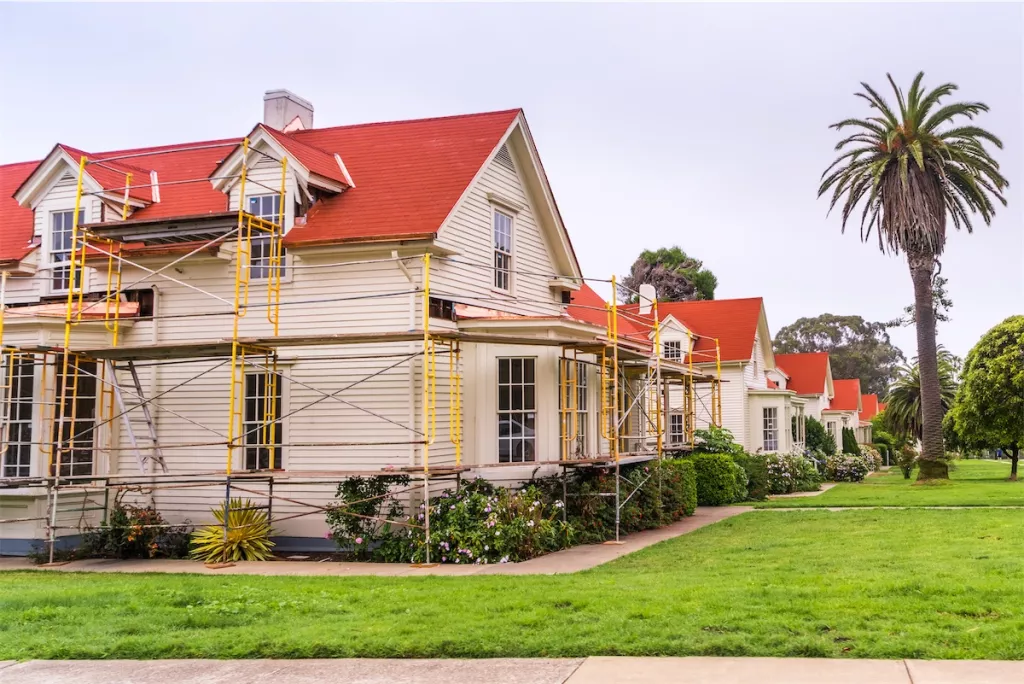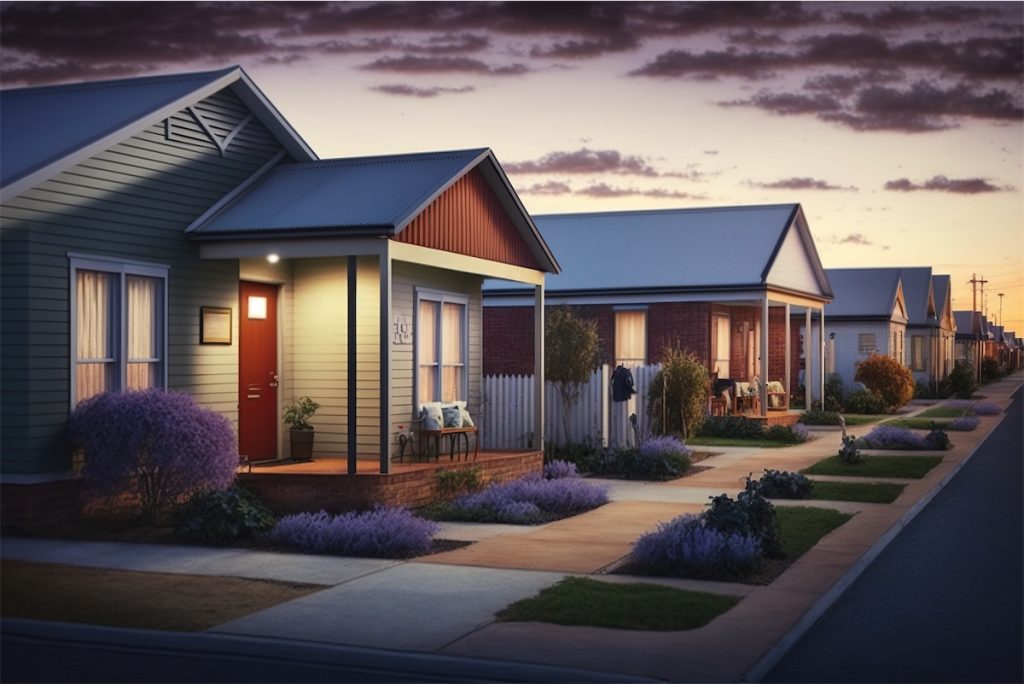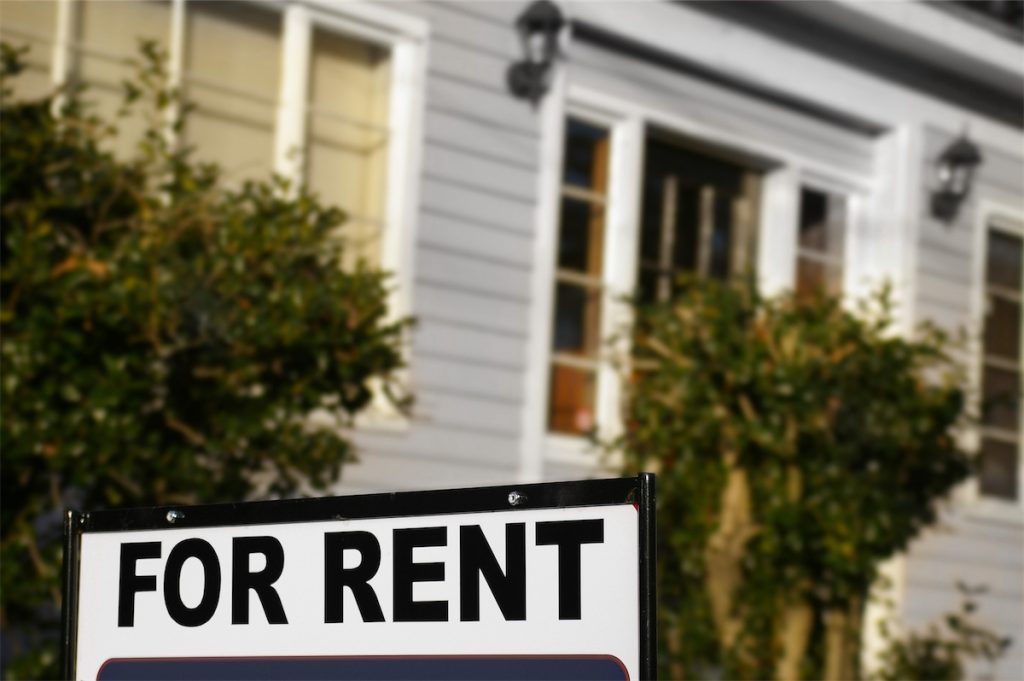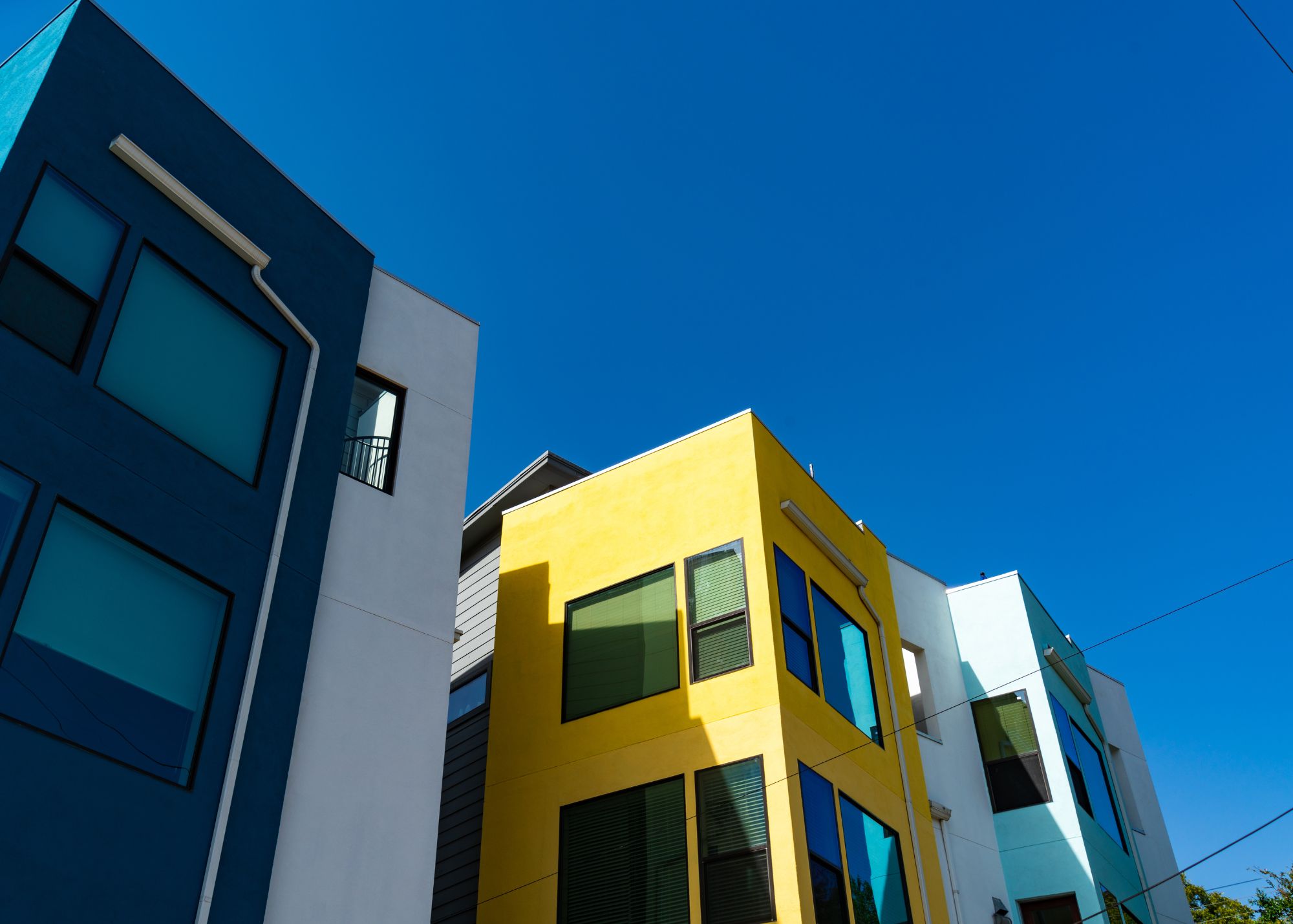The Shifting Landscape of Housing: Single Family Rentals
This month, we’re zooming out and taking a break from all the conversation about interest rates, the Fed’s next meeting, and the immediate-term topics that everyone has been talking about so much lately. Important topics for sure, and we’re monitoring and navigating those things constantly. But it’s also important to lift our gaze and look at the big picture every so often.
On a macro level, we continue to believe the fundamentals of Central Texas are incredibly strong and we will be one of the strongest investment markets over the next decade. Our population growth trends continue and show no signs of slowing down; a growing population is the key ingredient for a vibrant housing market.

Housing Market Challenges in 2023
The two biggest challenges we face are:
- Affordability
- New Supply
As Austin has continued its meteoric growth, it has attracted a lot of high-earning jobs and high-earning residents. And the influx of those new residents has outpaced the supply of new housing. As you would expect, this has driven the cost of housing higher–simple supply and demand. And this affects both homeowners and renters; the price of housing is up whether you’re looking to buy a home or rent an apartment. For households looking to break into homeownership, the higher prices have made buying a home unattainable. When you factor in higher interest rates, the problem is only exacerbated.
For our portfolio of multifamily units in Central Texas that has been a benefit, as there are more renters for longer.
However, the market has taken notice of this supply imbalance, and developers have been very active cranking out new apartments across the area as they focus on creating as much density as they can on sites that they control. While the total number of units in the pipeline can look like a scary number, we continue to hear (and believe) that it is likely overstated–and that many of those proposed units will never be developed, or at the very least have been paused due to the current interest rate environment. Alas, that is a conversation for another day.
Today we are focused on the type of product being developed–which is overwhelmingly three- and four-story apartment buildings, with average square footage of around 800-850 sq ft with a majority of 1-bedroom units, followed by 2-bedrooms and almost no 3-bedrooms.
At the confluence of these two trends, we see opportunity. Our market is becoming too expensive for many families to afford to buy a home. And we are responding by building a majority of apartment units that won’t accommodate them. According to the Urban Institute, homeownership is expected to decline over the next two decades, and even those with higher incomes are more likely to rent. This is being driven by a combination of factors including some of the usual suspects like inflation and rising interest rates, and some lesser-known factors like changing demographics.
The Answer: “Build To Rent” Single Family Homes
The product that emerges at the intersection of these trends is single-family “Build To Rent” (BTRBuild-to-Rent: a real estate development model where a property developer constructs a residential building, community, or group of single family homes with the specific intention of renting out the units rather than selling them as individual properties. View Definition) communities.
Before they had fancy branding they were simply called townhomes. In short, they are rentable units that have attached garages, ground entry front doors, and a backyard of some sort. They are typically larger unit sizes compared to traditional apartments, averaging between 1,000 – 1,800 square feet. We actually own a community like this in San Antonio–and it always stays full.

How Is Wildhorn Incorporating Single Family Rentals
As we review the market dynamics in Central Texas, we think there is both an opportunity to find–and a need to create–more of these types of assets. It is an asset type that we have spent the last several months really exploring and will continue to evaluate. We currently own a very popular community of single family rentals in San Antonio.
To stay up-to-date with our investment insights and industry trends, join our exclusive email list.
As part of our exploration, the below trends and data have been helpful in understanding what is happening–and is expected to continue happening–in the housing landscape over the coming years. Some of this is shaped by demographics, shifting attitudes and desires, and simple economics.
Housing Demographic Trends
Millennials
Aging Millennials are seeking more pet-friendly, lower-density places to live where it is easier to work from home, live closer to family and raise kids. This has spurred demand for single-family rentals – a place for people to have a functional home that meets their needs but does not constrain their wallet.
Older Homeowners
A consumer survey of nearly 1,350 owners and renters discovered that one in four owners would live in a rental house if they could find a place that meets their exact needs. The survey found that 57 percent of mature renters, either married, single or couples, have owned a house before but two thirds of them have no plans to own again. A big reason for this is home maintenance.
Maintenance Responsibilities
Owning a home requires a lot of maintenance responsibilities, such as mowing the lawn, cleaning gutters, and repairing appliances. For those who prefer to have less maintenance responsibilities, renting a single-family home may be a better option. Build-to-rent communities, in particular, often appeal to homeowners because they offer community upkeep and take care of maintenance responsibilities.
Home Ownership Affordability
Renting is now approximately 35% cheaper than buying a starter home in 45 of the 50 largest housing markets.

Disproportionate Housing Supply
In 2019, 41% of new homes constructed were sold for less than $300,000. In 2021, only 14% of homes constructed were sold for less than $300,000. By the end of 2022, just 10% of new homes sold were priced under $300,000. This affordability crisis has pushed many would-be homebuyers out of the market altogether, creating more demand for single family rentals.
Higher Rates:
It is no surprise that interest rate increases are making home ownership less affordable. What’s shocking is the price difference from a year ago: the monthly cost of financing 80% of the typical home has increased by nearly $650/month compared to a year ago. This far outpaces recent rent growth and inflation, making renting a more affordable option.
Next Steps: Invest In Single Family Rentals
As more and more residents search for affordable homes that are maintenance free and family friendly, renting single family homes will continue to be a viable option. We believe this will be especially true in Central Texas. And it’s a product type that we will be on the lookout for as we continue to seek out residential focused investment opportunities here at home.
To stay up-to-date with our investment insights and industry trends, join our exclusive email list.
Sources:
https://www.realtor.com/research/december-2022-rent/
https://jbrec.com/research/single-family-rental-survey/
https://www.realtor.com/research/us-housing-supply-gap-march-2023/

A lifelong Austinite and UT graduate, Cooper has worked in a variety of roles in the commercial real estate space throughout his career in Central Texas. Most recently, Cooper served in a business development role for Heritage Title for over 9 years. His diverse background serving clients in a variety of roles is an ideal fit for his position at Wildhorn Capital, where he manages the company’s capital relationships and focuses on deal sourcing in Austin.







